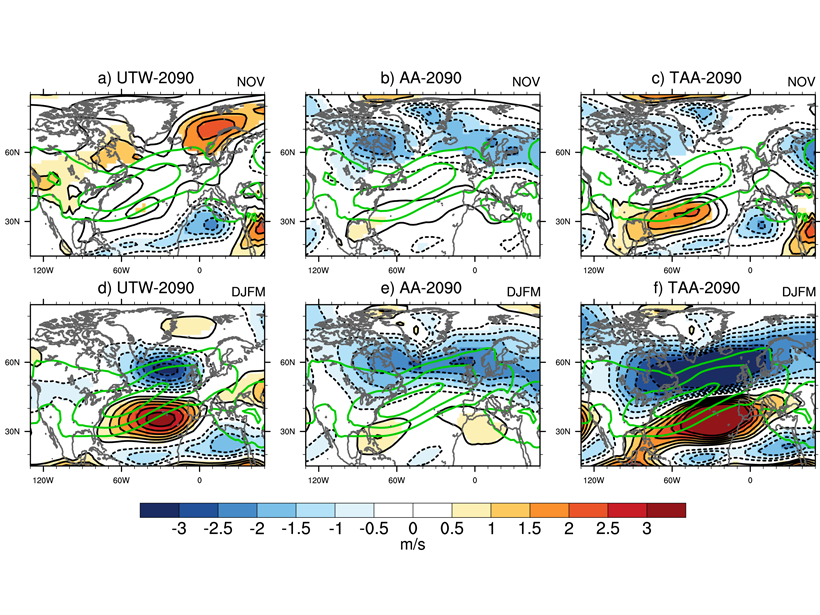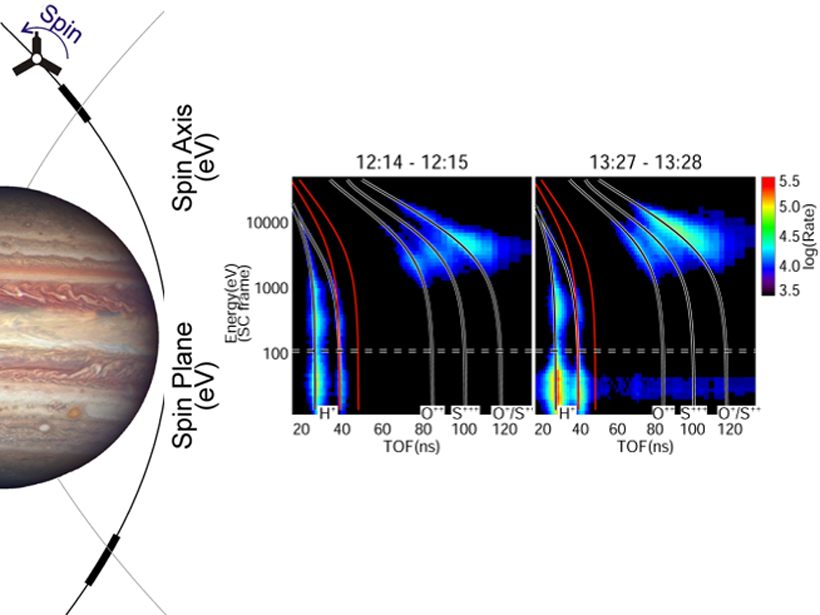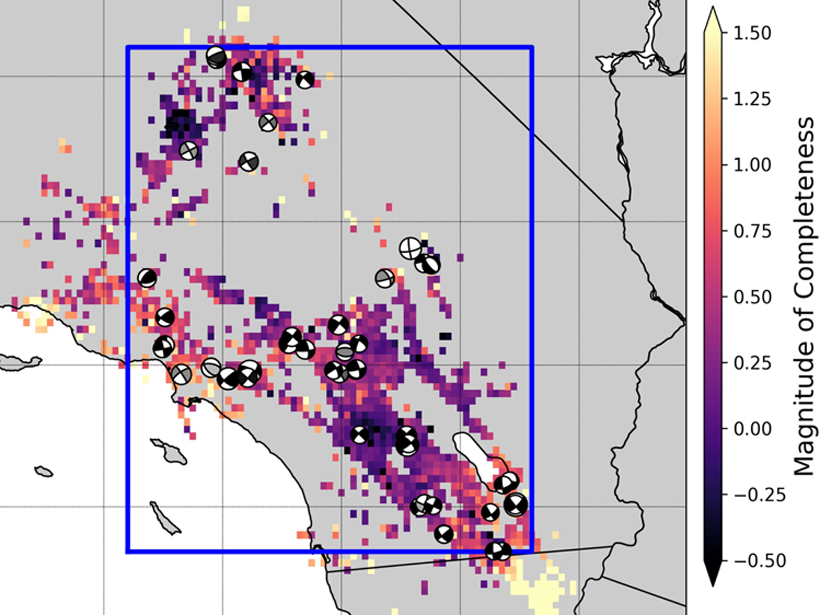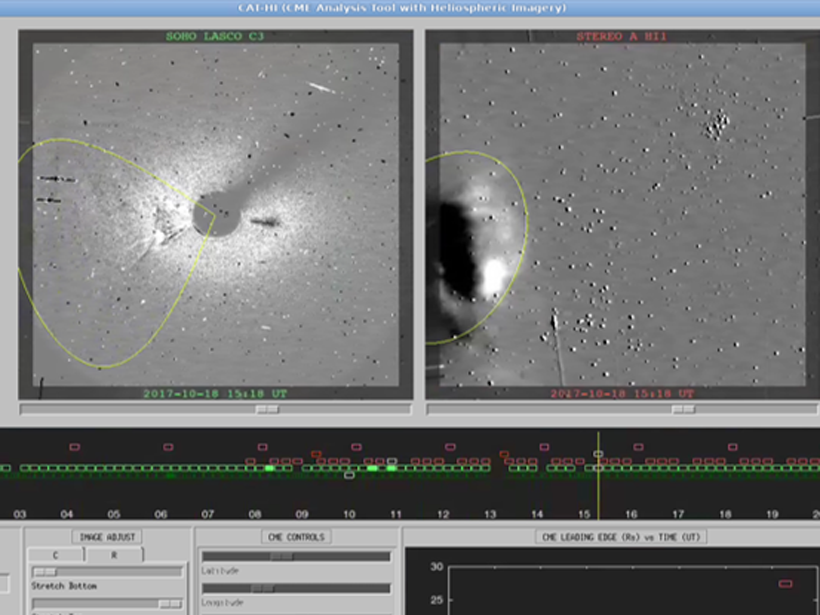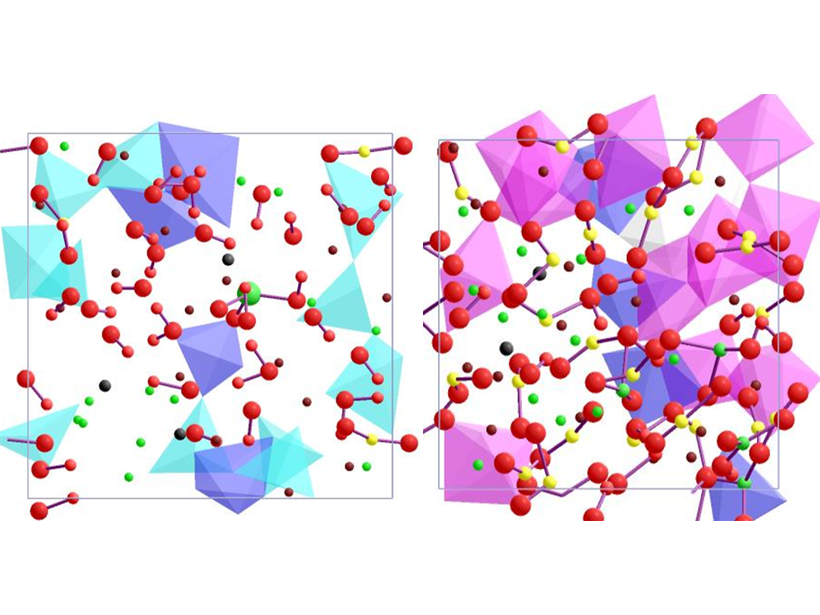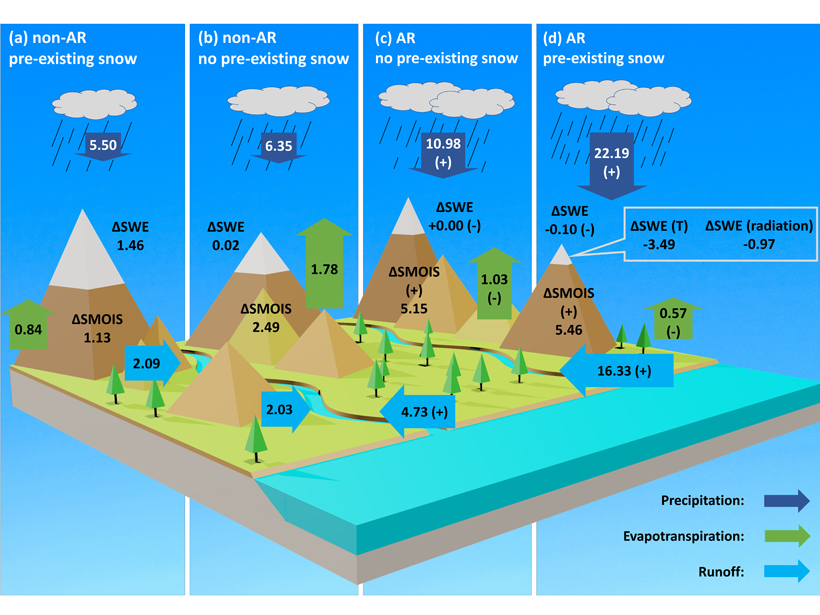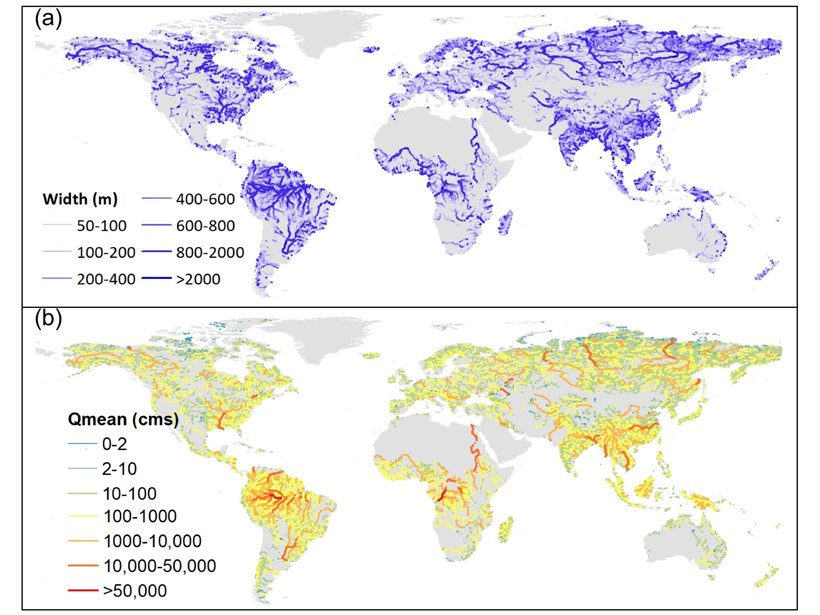A laboratory study assesses thermochemical remanence as a reliable paleointensity recorder, which could open new venues for studying Earth’s ancient magnetic field.
Editors’ Highlights
Polar Stratosphere Resolves North Atlantic Jet “Tug of War”
Getting the polar stratosphere right is critical in the simulation of North Atlantic climate change, which is shaped by the interaction of Arctic Amplification and tropical upper tropospheric warming.
First Inside Look at Hot and Cold Ions in Jupiter’s Ionosphere
The first in-situ ion observations from NASA’s Juno spacecraft reveal the surprising, simultaneous presence of cold protons and hot oxygen and sulfur ions in the high-latitude ionosphere of Jupiter.
Most Southern California Mainshocks Follow Foreshocks
New research using a highly complete earthquake catalog shows that 72% of M4+ mainshocks are preceded by foreshocks, implying that foreshock activity is much more prevalent than previously thought.
Looking Away from the Sun: Improved Tracking of Solar Storms
A new tool for tracking coronal mass ejections away from the Sun opens a path toward more accurate warnings for operators who have to cope with adverse space weather.
Hiding Deep Hydrous Melts at the Core-Mantle Boundary
Silicate melts containing H2O in the lowermost mantle are surprisingly dense and may stagnate there, trapping primordial volatiles and potentially causing some of the ultra-low velocity zones.
Molecular Ions Unexpectedly Frequent in Earth’s Magnetosphere
A Japanese satellite reveals rapid and surprisingly frequent transport of molecular ions from the ionosphere to the magnetosphere, under not only extreme but also moderate geomagnetic conditions.
Hydrological Footprint of Atmospheric Rivers on Land
Atmospheric rivers that make landfall in the western United States have significant impacts on the surface water balance, sharpening the seasonality of water resources in coastal watersheds.
The Many Intertwined Stories of Tree Rings
Trees grow as they age, but it’s not straightforward to tease out how that growth changes over a century of environmental change.
Reconstructing Natural Streamflow at Unprecedented Resolution
A new research effort has mapped 35 years of naturalized streamflow for 2.94 million river reaches worldwide: an invaluable dataset for hydrology, biogeochemistry, ecology, and remote sensing.


